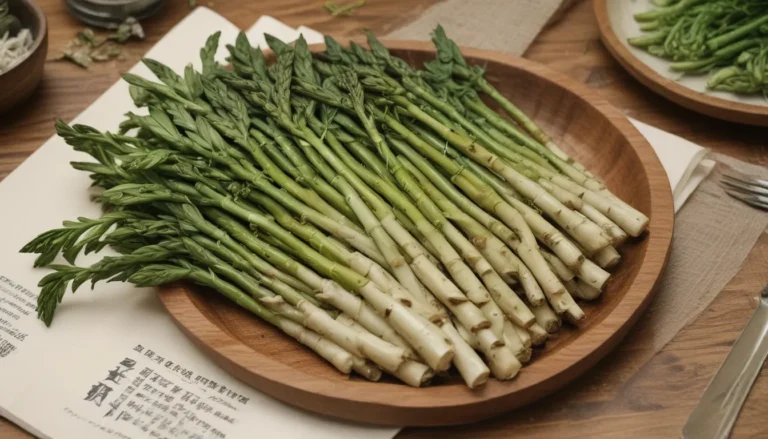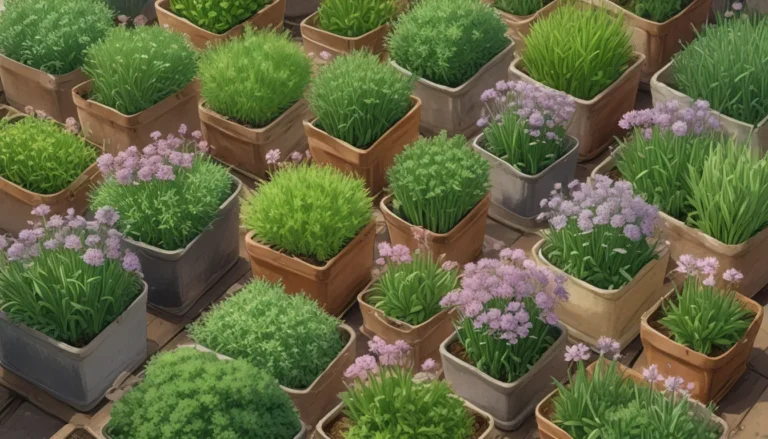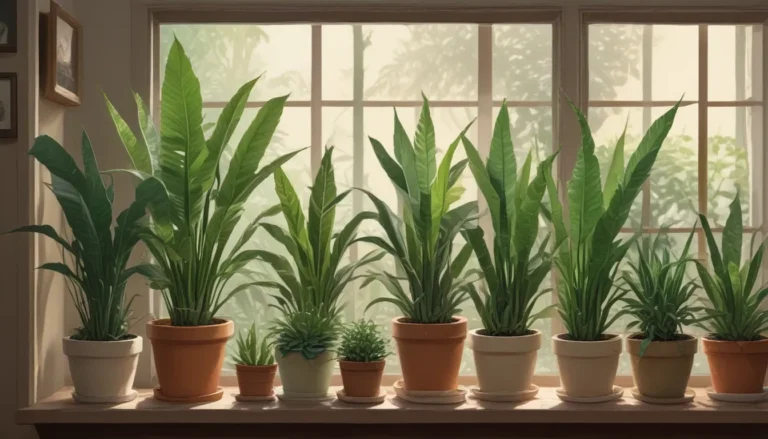Comprehensive Guide to Identifying and Controlling Carrot Rust Fly

Are you a passionate gardener or a commercial carrot grower who has noticed strange brown tunnels or rusty-looking leaves on your carrot plants? If so, you might be dealing with a carrot rust fly infestation. These tiny pests can wreak havoc on your carrot crop, leading to stunted growth, deformed roots, and reduced yields. In this comprehensive guide, we’ll dive into the world of carrot rust flies, teaching you how to identify, prevent, and control these pesky insects.
What are Carrot Rust Flies?
Carrot rust flies (Psila rosae) are small, slender flies that primarily target carrots and other related plants like parsnips, celery, and parsley. Adult flies are shiny black or dark green, measuring about 1/4 inch long. They have transparent wings with distinctive yellow-brown bands.
The real damage, however, is caused by the larvae. Carrot rust fly larvae are tiny, creamy-white maggots that tunnel into the roots of carrot plants, leaving behind brown, rusty-looking tunnels. These tunnels not only make the carrots unsightly and unappetizing but also weaken the plants and make them more susceptible to disease.
Signs of Carrot Rust Fly Infestation
To effectively control carrot rust flies, you need to know how to identify an infestation. Here are some telltale signs:
- Brown, rusty-looking tunnels in the carrot roots
- Stunted plant growth
- Wilting or yellowing leaves
- Deformed or forked carrot roots
- Presence of adult flies near the base of the plants
If you notice any of these signs, it’s time to take action to save your carrot crop.
Preventing Carrot Rust Fly Infestations
As the saying goes, “an ounce of prevention is worth a pound of cure.” Implementing preventive measures can go a long way in keeping carrot rust flies at bay. Here are some strategies to consider:
- Crop Rotation: Avoid planting carrots in the same spot year after year. Rotate your crops, planting carrots in a different location each season. This breaks the life cycle of the carrot rust fly and reduces the likelihood of infestation.
- Companion Planting: Plant carrots alongside onions, leeks, or chives. These strong-smelling plants can help repel carrot rust flies.
- Row Covers: Use floating row covers to create a physical barrier between your carrot plants and the adult flies. Make sure to secure the edges of the covers to prevent flies from sneaking in.
- Timing: Carrot rust flies are most active during the cool, damp weather of spring and fall. Avoid planting carrots during these times, or use row covers to protect your plants.
- Sanitation: Remove and destroy any infected carrot plants and roots. This helps prevent the spread of the infestation to healthy plants.
Controlling Carrot Rust Fly Infestations
Despite your best prevention efforts, you may still find yourself dealing with a carrot rust fly infestation. Here are some control methods to consider:
- Neem Oil: Neem oil is a natural insecticide that can help control carrot rust fly larvae. Mix neem oil with water according to the manufacturer’s instructions and spray it on the base of the plants and the surrounding soil.
- Beneficial Nematodes: Beneficial nematodes are tiny, soil-dwelling worms that feed on the larvae of various pests, including carrot rust flies. They are safe for plants and can provide long-lasting control.
- Sticky Traps: Yellow sticky traps can help capture adult carrot rust flies before they have a chance to lay eggs. Place the traps near the base of your carrot plants, about 6 inches above the ground.
- Diatomaceous Earth: Sprinkle diatomaceous earth around the base of your carrot plants. This abrasive powder can help deter adult flies from laying eggs and can also kill larvae that come into contact with it.
- Insecticidal Soap: Mix insecticidal soap with water according to the manufacturer’s instructions and spray it on the base of your carrot plants and the surrounding soil. This can help control carrot rust fly larvae.
Frequently Asked Questions
Q: Can I still eat carrots that have been damaged by carrot rust flies?
A: While the rusty-looking tunnels are unsightly, the carrots are still safe to eat if you remove the damaged parts. However, heavily infested carrots may be too damaged to salvage.
Q: How long do carrot rust flies live?
A: Adult carrot rust flies typically live for about two weeks. During this time, females can lay up to 100 eggs near the base of carrot plants.
Q: Can carrot rust flies infest other plants besides carrots?
A: Yes, carrot rust flies can also infest other plants in the Apiaceae family, such as parsnips, celery, and parsley. However, carrots are their primary target.
Q: How many generations of carrot rust flies are there per year?
A: Depending on the climate, there can be two to three generations of carrot rust flies per year. The first generation typically emerges in the spring, followed by subsequent generations in the summer and fall.
Conclusion
Carrot rust flies may be tiny, but they can cause significant damage to your carrot crop if left unchecked. By understanding the signs of infestation, implementing preventive measures, and using appropriate control methods, you can keep these pests at bay and enjoy a bountiful harvest of healthy, delicious carrots. Remember, the key to success is vigilance and prompt action. Happy gardening!





